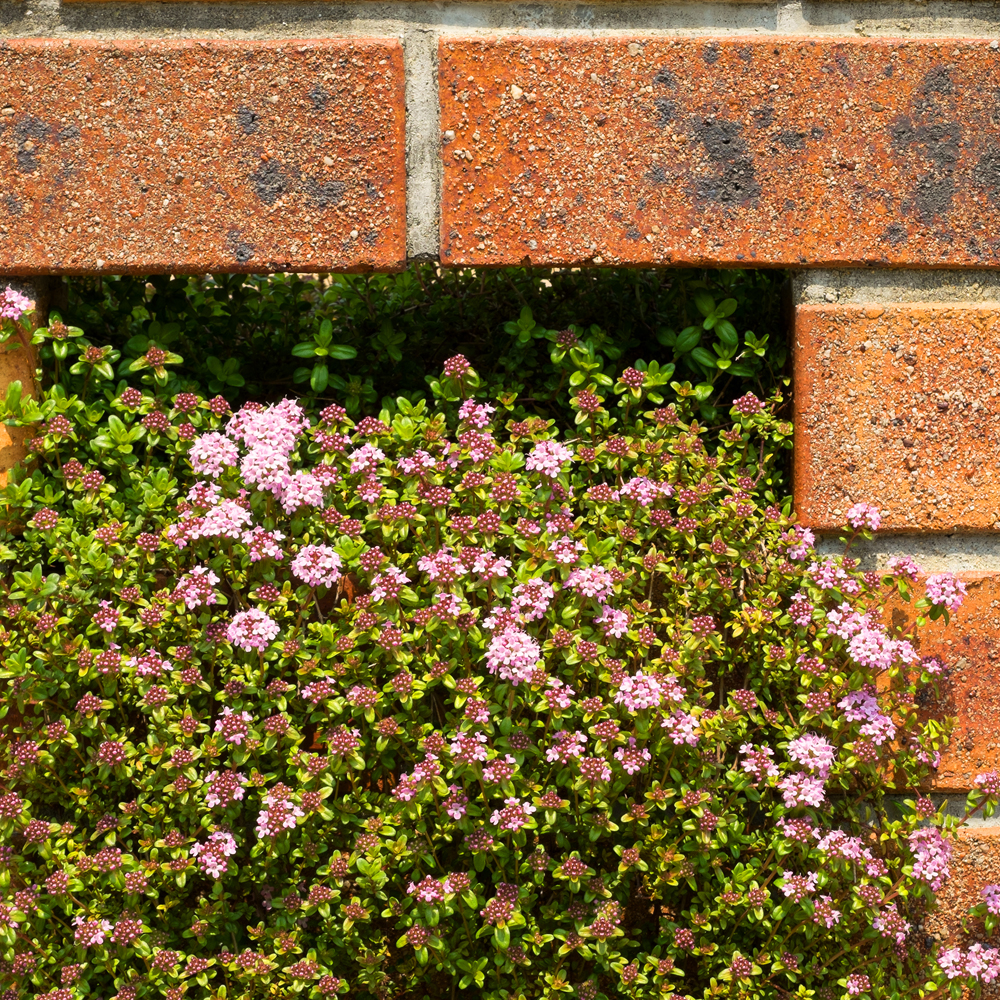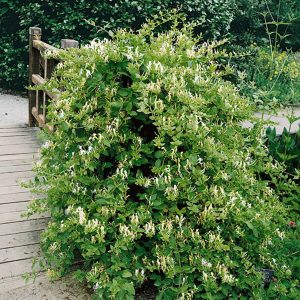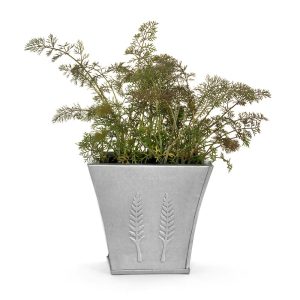Description
Thymus serpyllum, also known as creeping red thyme, is a low-growing, groundcover variety of thyme. It has small, dark green leaves and produces small red flowers in the summer. It is commonly used as a ground cover plant, particularly in rock gardens, and can also be used as an edging along walkways and garden beds. The plant has a strong, pungent aroma and the leaves can be used in cooking, particularly in Mediterranean and French cuisine. Creeping red thyme is a hardy, drought-tolerant plant that is easy to care for and can be grown in a variety of soil types.
Key Facts
- Common Name(s):Creeping Red Thyme
- Hardiness:Fully hardy through most of the UK
- How big will I get? Thymus serpyllum can grow to a height of 0.1m and a spread of 0.5m.
- Did You Know That:The name “thyme” is believed to have been derived from the Greek word “thumus,” which means “courage.”
Plant Calendar
A rough guide to how this plant will change through the year.
| Jan | Feb | Mar | Apr | May | June | July | Aug | Sept | Oct | Nov | Dec | |
| Flowering Time |   |
  |
  |
  |
||||||||
| Foliage Colour |  |
 |
 |
 |
 |
 |
 |
 |
 |
 |
 |
 |
| J | F | M | A | M | J | J | A | S | O | N | D |
  |
  |
  |
  |
||||||||
 |
 |
 |
 |
 |
 |
 |
 |
 |
 |
 |
 |
Care Guide

Soil Requirements
Thymus serpyllum prefers soil with good drainage and does not tolerate standing water. This plant is not tolerant of acidic soil, it requires either a neutral or alkaline soil to grow.

Best Position
Thymus serpyllum prefers an exposed position and requires full sun to thrive, this consists of more than six hours of direct sunshine per day.

Maintenance
Thymus serpyllum is fairly low maintenance and doesn’t require any pruning.

Pest, Diseases and Wildlife
Thymus serpyllum is generally pest free, and it tends not to have problems with diseases. It is also known to attract bees, butterflies and other pollinators. It is not considered to be toxic.





